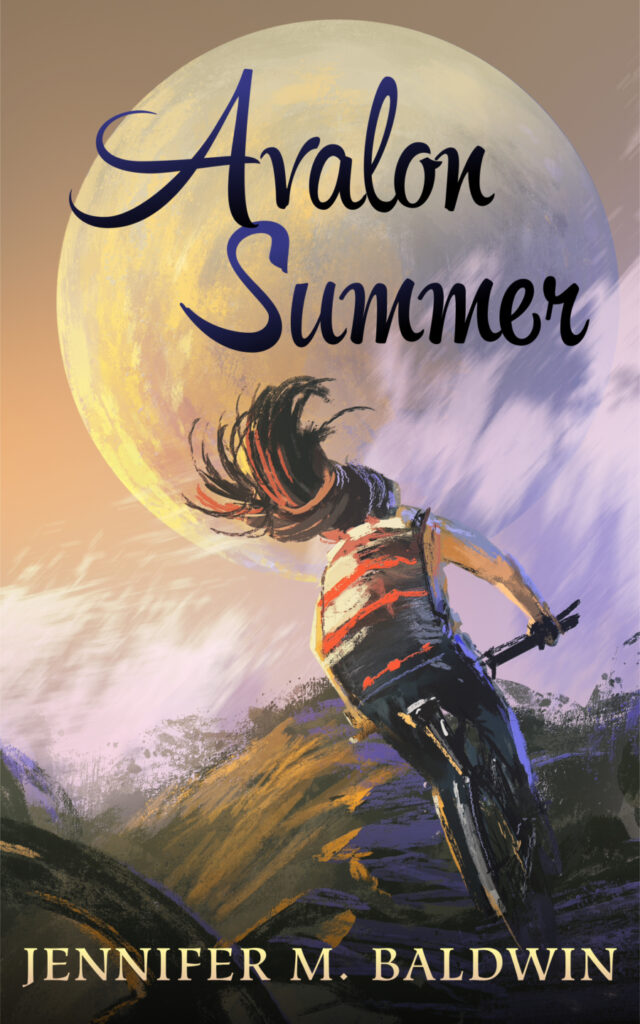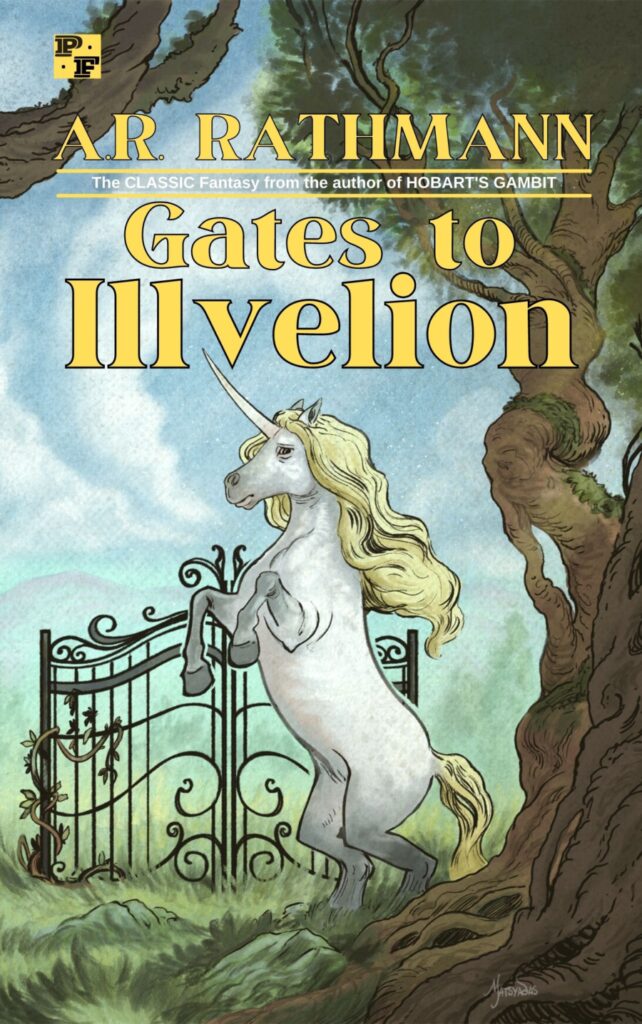Perhaps I’m slow on the uptake, but when I read Jared Shurin’s observation about the influence prestige TV dramas have had on fantasy novels over the last decade, I knew immediately that he’d put into words that overwhelming but unnameable feeling I’ve been having since forever about fantasy fiction and why I feel so out of step with what’s going on in the current literary landscape.
It’s not that I don’t enjoy prestige TV shows. I watched Game of Thrones. I used to write weekly recaps/reviews of Mad Men for a film website. I will go to the grave saying The Americans is the best fucking show ever made. I like all these programs and others too. I’m in favor of well-made serialized dramas on my TV screen.
But what I’m not so in favor of, I guess (thought I’m stilling working this out within my own brain), is the transformation of books into text-based TV shows, and particularly fantasy fiction, which AS FANTASY, has the capacity to go beyond what can be perceived with our eyes and into the realms of dreaming and language and, well, the fantastic, i.e.: that which cannot be understood with our senses but goes beyond those limits, and that if we surrender the literary landscape to the grammar of cinematic storytelling (of which, I must note, I’m a huge fan), we’re on our way to losing something special in our written stories, something that we might not even remember existed if we keep aping the structure and conventions of TV and movies.
What I’m really getting at, I think, is that while I’ve certainly loved books like Black Sun and She Who Became the Sun and The City We Became and This Is How You Lose the Time War, I can also TOTALLY see them as TV shows, and that’s not just because at this point in our history we can pretty much see any book as a TV show eventually. It’s because these books (yes, even Time War) follow the structure and storytelling conventions of prestige television almost perfectly. Multiple viewpoints (aka the A story, B story, and C story of a TV show), sequences and chapters that could very easily translate into a single episode of a show, and the kind of complex characterization that makes for juicy roles top-notch actors want to play.
None of this is a criticism by the way. Again, I LIKE this stuff.
But it’s only one way to tell a story. And for fantasy — a genre in which the only thing limiting the author are the made-up rules of her own made-up secondary world — it feels like we’ve traded something expansive for something rather more… limited.
Look, I get it. Conventions change. Reader expectations change. Prestige TV is dope as shit, so why wouldn’t we want our books to do the same thing?
But then I read something like Tolkien’s Unfinished Tales (or, like, “Smith of Wooten Major”), or John Bellairs’s The Face in the Frost, or a Clark Ashton Smith short story, and I’m like, “This could be a TV show, but in doing so, a lot would have to change.” The translation from written word to cinematic image would be just that: a translation. And something would be lost in the process.
Talented filmmakers could certainly make something of these stories, and they might even be genius things, but they would be fundamentally different things from the written literature.
Think about the previous Narnia movie adaptations, and consider what might come of Greta Gerwig’s forthcoming attempts, and then go back and reread the Chronicles of Narnia. It’s not that they are “unfilmable” or some such nonsense. They are perfectly adaptable to cinema.
But the cinematic versions would need to alter the literary ones. Choices would need to be made that go beyond just, “What should we cut for time?”
This was the particular talent of Peter Jackson, Fran Walsh, and Phillippa Boyens when they adapted The Lord of the Rings to the screen. They made a lot of changes, and whether you think those changes were necessary or not, they resulted in three movies that are pretty fucking great, both as adaptations of the source material and as movies in their own right.
And then think about how sloggy and stilted something like Chris Columbus’s Harry Potter and the Chamber of Secrets is. Rowling was still writing in the age before all our base are belong to prestige TV.
Not that anyone writing in the 20th or 21st century can escape the influence of cinema entirely, but the prestige TV template hadn’t quite solidified yet in the 1990s and early 2000s. It was starting to (I’m looking at you George R.R. Martin, former TV writer… I mean, is it any wonder Game of Thrones became one of the most successful prestige shows of the last twenty years? It’s like the guy knew how to write things that would play well on TV!), but the influence of television on our literary landscape wasn’t quite as ubiquitous as it is now.
Movies? Yes.
But HBO-style TV, with its multiple viewpoints and intersecting story lines and character-focused narratives, not so much.
That’s why it was so important to get it right when taking a book and making it into a movie. So much could go wrong in that translation.
But now, book to (small) screen feels almost effortless. Sure, we may have to cut here and condense there, but in the main, it’s all right there on the page. A show bible ready-made.
I know I sound grumpy about it, and maybe I am, but I also know that I love these books-that-could-be-TV-shows-because-TV-shows-are-how-we-tell-stories-now. I really, really like a lot of these fantasy series! And yes, I would totally watch the TV adaptation if/when it comes out.
But I also kind of like the omniscient narrator? And stories with just one viewpoint character? And fantastical elements that defy visualization? And maybe stories with characters that are maybe a little “flat” (hello, Conan!) but are still awesome anyway because fantasy is a genre that delivers on maybe more than just deep characterization.
Like, maybe, drama and snappy dialogue aren’t the things I always need from my fantasy. Maybe I need weirdness. And wonder. And a strangeness that cannot be translated to the TV screen. And something older, like a fairy tale. And not the new kind where everyone is a fully-realized, three-dimensional person with motivations and psychological depth, but the old kind, where everyone is an archetype and acts weird AF sometimes, and we just accept it because we don’t need psychological realism in our Grimm.
I don’t know. I’m just thinking through some stuff, I guess.
But man, when I read Shurin’s point about prestige TV, it was like the scales fell from my eyes. It’s why I’m a bit out of step both as a writer and a reader. I like prestige TV, and I like the way modern fantasy novels are written, but I also like the old stuff too, the less prestige-y stuff. The weird stuff and the ancient. I kinda wish we could have more of it. Maybe we do, and I’m not reading it (highly possible). If it is, I want to know. I want to read something that can only be read, that lives in words best of all and isn’t a word-version of something practically cinematic.
Fantasy is expansive. I don’t want it narrowed down to a set of storytelling conventions that emerged from only one form of media.
However, as Shurin points out, it IS “slightly reductive” to reduce all currently-popular fantasy literature to this one thing, and it’s not as if This Is How You Lose the Time War (or insert other popular novel) is merely a film treatment. That IS too reductive, and something like Time War is also an epistolary novel, which has a long and venerable tradition that predates TV by a long shot. So maybe my griping is taking things too far. Maybe I need to chill.
Nevertheless, our society is a cinematic one. The moving image dominates our thoughts and dreams and our entertainment, and as Shurin predicts, the next great influence on fantasy literature will be (video) gaming, so yeah, we can’t escape the image makers. I’m intrigued by the ways gaming can influence our literary storytelling, so again, it’s not that I’m opposed to this sort of cross-pollinating. I’m just wondering: Is it possible to have a successful (i.e.: widely read) fantasy novel these days that doesn’t get its storytelling paradigm from prestige TV (or video games or INSERT NEW VISUAL MEDIUM HERE)? We still read classic fantasy, yes, but those books have the backing of time and reputation. We read them because we’ve been told we should read them, or because age bestows a kind of authority.
Like with so many things, a throwback — a new piece of art that hearkens to an earlier form — can be seen either as a delightfully retro oddity or as simply “out of step.” But these throwbacks are catering to a niche crowd, to those who intentionally seek out the strange and “arty.” The popular stuff, the stuff that garners widespread attention, fits itself (most often) within the current paradigm. It might do things a little differently, but not too different. There’s a sweet-spot that such things often hit — the spot between familiar and new — that is precisely what makes them both popular and critically acclaimed. This is the way of things. There’s no sense yelling at the clouds about it. It always has been and always will be.
What I wonder is if we can ever again escape the velocity of cinematic storytelling when it comes to literature. Or does the moving image (in whatever form, even gaming) simply have too much allure. Has our collective imagination been too thoroughly colonized by cinema to ever go back (or forward) to something else? Do we even want to try something else? Maybe it’s just me, the weird freak who wants more flat characters and overt “telling” in my fantasy novels, and is kind of sick of snappy dialogue, and pines for the omniscient narrator. Not all the time, but sometimes. The dictates of the market are one thing; what fantasy literature has the potential to be is something else.






